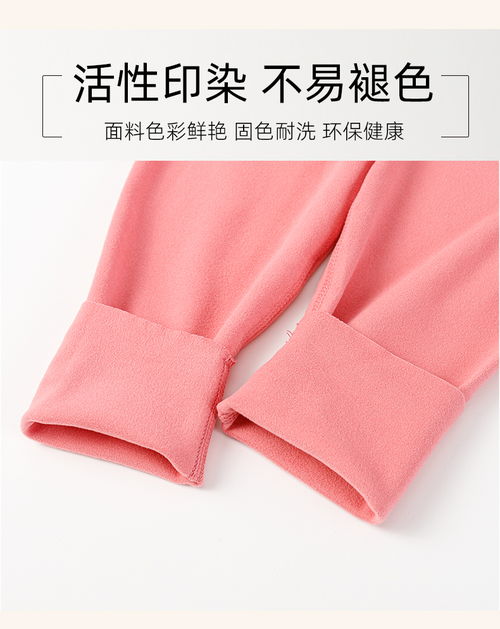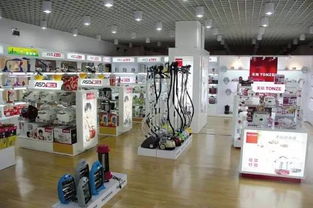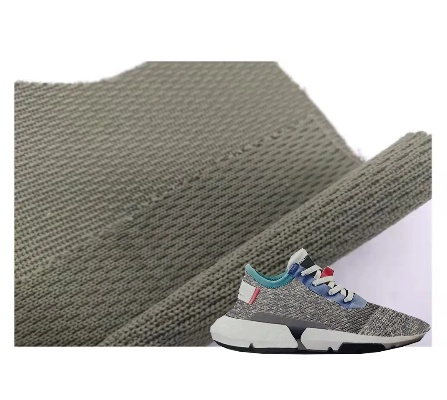The Standards for Textile Finishing and Fitting
The Standards for Textile Finishing and Fitting is a comprehensive guide that outlines the requirements and practices for textile finishing and fitting. It covers topics such as color matching, pattern placement, seam allowances, and quality control measures. The standards provide a standardized approach to ensure consistency in textile products, which is essential for ensuring product quality and customer satisfaction. Additionally, the standards also address issues related to environmental sustainability, such as reducing waste and minimizing energy consumption during the production process. Overall, the Standards for Textile Finishing and Fitting serve as a valuable resource for textile manufacturers and suppliers who want to meet their customers' expectations while also being responsible environmentally.
Introduction: Textile products, whether made from cotton, synthetic fibers, or a blend of both, require precise finishing and fitting to ensure they meet the demands of their intended use. This standardization ensures that textiles are consistent in quality, fit, and appearance, thereby enhancing their marketability and customer satisfaction. In this article, we will delve into the key aspects of textile finishing and fitting standards, including the definitions, classifications, and application of these standards. We will also provide an overview of some common textile finishing and fitting techniques and highlight an example case study to illustrate how these standards are implemented.
Definitions: Textile finishing refers to the processes used to enhance the physical properties and aesthetic appeal of textiles. These processes may include dyeing, printing, coating, and finishing with acrylic or polyurethane. Textile fitting, on the other hand, involves the adjustment of textiles to achieve a proper fit for garments or accessories. This can involve altering the width, length, or pattern of the fabric to suit the desired dimensions.
Classifications: Textile finishing and fitting standards are classified based on the level of precision required. There are three main categories:
-
General Finishing: This category includes standard finishing processes such as dyeing, printing, and coating. These processes are generally applied to all types of textiles, regardless of their intended use.
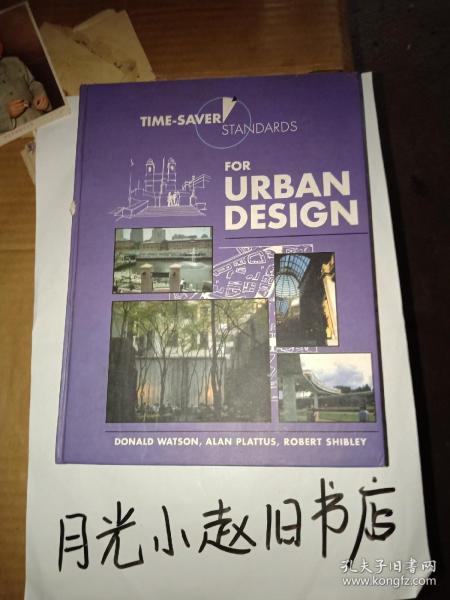
-
Specialty Finishing: This category includes processes designed specifically for specific applications such as flame-resistant finishes or antimicrobial treatments. These processes are tailored to meet the unique requirements of specific industries or end-users.
-
Fitting Standards: These standards are designed to ensure that textiles fit properly for garments or accessories. They cover factors such as seam allowances, pattern matching, and fit for different body types.
Application of Textile Finishing and Fitting Standards: Textile finishing and fitting standards are applied at various stages of the production process. Here are some examples:
-
Pre-production Stage: During this stage, manufacturers determine the type of finish and fitting required for each product. This information is used to select appropriate raw materials and equipment.
-
Production Stage: Once the raw materials have been selected, they undergo the finishing process. For example, a manufacturer might choose to apply a dye that is specifically designed for a particular color palette. After the finishing process, the fabric is inspected for any defects or imperfections.
-
Fitting Stage: Once the finished fabric is ready, it is tested for fit using specialized tools and techniques. For example, a garment manufacturer might use a pattern measuring device to ensure that the fabric fits correctly around the shoulders and bust.
Example Case Study: Consider a company that manufactures clothing for women's fashion brands. The company follows a strict set of textile finishing and fitting standards to ensure that its garments meet the highest quality standards. One of the key standards the company adheres to is the European Standard EN 50471, which covers the requirements for textile finishing and fitting.
The company applies this standard throughout its entire production process, from sourcing high-quality yarns and fabrics to designing and developing the final garments. During the production stage, the company uses specialized machinery and techniques to ensure that the fabric fits perfectly around the body, without causing discomfort or restricting movement. The company also conducts regular quality control checks to ensure that all garments meet the standards set by EN 50471.
Conclusion: Textile finishing and fitting standards play a crucial role in ensuring that textile products meet the demands of their intended use. By following these standards, manufacturers can produce high-quality garments that not only look great but also perform well. As technology continues to advance, it is likely that new standards will be developed to address emerging challenges in the textile industry. However, the importance of existing standards cannot be overstated, as they provide a framework for consistency and quality across the entire production chain.
随着纺织行业的快速发展,纺织品的质量和一致性成为了消费者关注的焦点,为了确保纺织品的质量和性能达到预期标准,制定纺织品公差范围标准显得尤为重要,本篇文章将详细介绍纺织品公差范围标准的相关内容,并结合实际案例进行说明。
纺织品公差范围标准概述
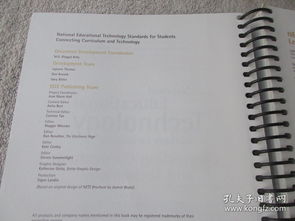
公差定义
纺织品公差是指纺织品在制造、加工和检验过程中,由于各种因素导致的尺寸、形状、性能等方面的变化范围,公差范围标准是衡量纺织品质量的重要依据,规定了不同类型纺织品在尺寸、形状、性能等方面的允许偏差范围。
标准类型
根据纺织品的特点和应用领域,纺织品公差标准可分为多种类型,如基本公差、安全公差、尺寸公差等,基本公差是针对一般纺织品的基本要求,而安全公差则根据不同领域的需求进行细分,尺寸公差是针对纺织品尺寸大小的具体要求。
案例分析
以某知名品牌纺织品为例,其公差范围标准如下:
纺织品公差范围标准的实施与案例说明
实施方法
实施纺织品公差范围标准需要遵循一定的流程和方法,需要制定具体的公差标准,明确不同类型纺织品在尺寸、形状、性能等方面的允许偏差范围,需要进行检验和测试,确保纺织品符合标准要求,需要对检验结果进行统计分析,形成相应的公差曲线图,以便更好地了解纺织品的质量情况。
案例说明
在实际应用中,纺织品公差范围标准的实施情况如下:
(具体案例说明)

在这个案例中,某品牌纺织品在生产过程中严格按照公差范围标准进行质量控制,制定了详细的公差标准,明确了不同类型纺织品的尺寸、形状、性能等方面的偏差范围,通过严格的检验和测试,确保了纺织品在尺寸、形状、性能等方面均符合标准要求,通过统计分析形成了相应的公差曲线图,为后续的生产和质量控制提供了有力的依据。
纺织品公差范围标准的改进与优化建议
加强标准化建设
为了更好地满足市场需求和提升产品质量,需要加强纺织品公差范围标准的标准化建设,建立健全的公差标准体系,明确不同类型纺织品的尺寸、形状、性能等方面的具体要求,加强与国际标准的对接和融合,提高我国纺织品在国际市场上的竞争力。
提高检验检测水平
提高检验检测水平是确保纺织品公差范围标准得到有效实施的关键,加强检验检测机构的建设和管理,提高检验检测人员的专业素质和技能水平,加强检验检测设备的更新和维护,确保检验检测结果的准确性和可靠性。
引入先进技术手段
引入先进技术手段是提高纺织品公差范围标准实施效果的重要途径,利用大数据、人工智能等先进技术手段,对纺织品质量进行实时监测和评估,及时发现和解决质量问题,加强与上下游企业的合作,共同推动纺织品产业升级和转型发展。
纺织品公差范围标准是衡量纺织品质量的重要依据,对于保障消费者权益和提高纺织品产业竞争力具有重要意义,为了更好地满足市场需求和提升产品质量,需要加强纺织品公差范围标准的实施与优化,同时加强标准化建设、提高检验检测水平和引入先进技术手段等措施的实施。
Articles related to the knowledge points of this article:
The Beauty of Textiles in Jinzhou City

